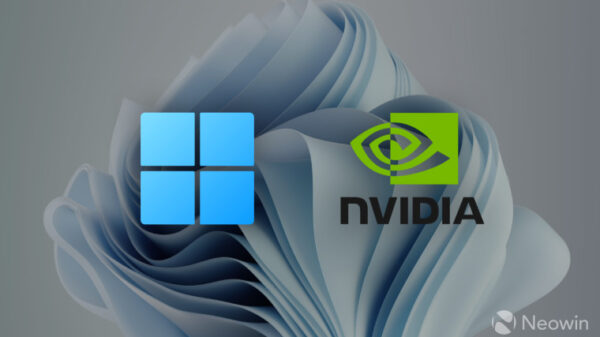On July 30, 2020, the cryptocurrency community celebrated the fifth anniversary of Ethereum, a pioneering platform that significantly influenced the landscape of blockchain technology. Since its launch in 2015, Ethereum has evolved from a digital currency into a multifaceted platform that supports a wide range of applications, fundamentally changing the perception of digital assets, decentralized applications, and smart contracts.
The Birth of a Revolution
Vitalik Buterin, along with co-founders Joseph Lubin and Gavin Wood, envisioned Ethereum as a decentralized platform capable of supporting various applications through its unique scripting language. This innovation allowed developers to create decentralized applications (dApps) that operate autonomously, paving the way for a more decentralized internet.
At the heart of Ethereum’s functionality is the concept of smart contracts, which are self-executing agreements with the contract terms directly coded into software. This capability to automate and enforce agreements without intermediaries has led to the development of numerous applications, including decentralized finance (DeFi) platforms and non-fungible tokens (NFTs).
Decentralized Finance Takes Off
One of the most notable outcomes of Ethereum’s innovation is the burgeoning field of DeFi. Over the past five years, decentralized financial services have dramatically altered access to traditional financial instruments, enabling activities such as borrowing, lending, trading, and earning interest on digital assets without the need for intermediaries. Platforms like MakerDAO, Compound, and Uniswap have capitalized on Ethereum’s capabilities, creating a new financial ecosystem that prioritizes user autonomy and transparency.
The DeFi movement saw explosive growth in 2020, with the total value locked (TVL) in various protocols soaring into the billions of dollars. This surge highlighted Ethereum’s role as a foundational layer for innovation in finance, challenging established systems and democratizing financial access globally.
In tandem with DeFi, Ethereum has become synonymous with the rise of NFTs. Utilizing the ERC-721 token standard, these unique digital assets have gained immense traction, allowing creators to tokenize and sell digital art, music, videos, and even virtual real estate. The NFT market peaked in 2021, with high-profile sales capturing headlines worldwide. Ethereum’s adaptability and security made it the platform of choice for artists and creators, transforming perceptions of digital ownership.
Scaling Challenges and Solutions
Despite its impact, Ethereum has faced significant challenges, particularly regarding scalability. High demand often resulted in increased gas fees and slower transaction times, raising concerns among users and developers. In response, the Ethereum community initiated plans to upgrade the network to Ethereum 2.0. This transition aims to shift from the energy-intensive proof-of-work consensus mechanism to a more efficient proof-of-stake model.
This upgrade is designed to enhance transaction throughput, lower fees, and bolster security, ensuring that Ethereum remains competitive in a rapidly evolving blockchain landscape. As Ethereum 2.0 develops, it promises to address many issues that have arisen over recent years.
Looking Ahead
As Ethereum celebrates its fifth anniversary, it is essential to recognize that its journey is far from complete. The Ethereum community continues to foster innovation, focusing on creating a more robust and versatile ecosystem. With the emergence of layer-2 solutions such as Optimistic Rollups and zk-Rollups, transaction speeds and costs are expected to improve significantly. Furthermore, the exploration of cross-chain interoperability is unlocking new possibilities for dApps and financial services.
In summary, five years after its inception, Ethereum has solidified its status as a cornerstone of blockchain innovation, reshaping perspectives on finance, governance, and digital ownership. It has empowered developers and creators, fostering collaboration and exploration that is often absent in technological advancements.
As the network evolves, its commitment to decentralization and transparency will likely yield even more groundbreaking developments in the next five years. Whether you are a developer, investor, artist, or a curious observer, celebrating Ethereum’s milestones is a reflection of the remarkable potential and ongoing evolution of blockchain technology. The future of Ethereum—and the decentralized web—holds promise and vast potential.



































































